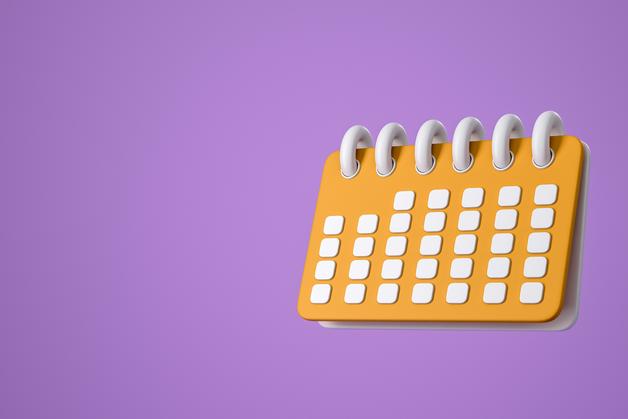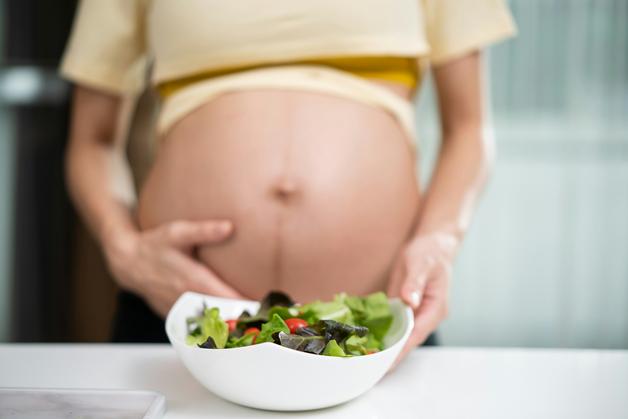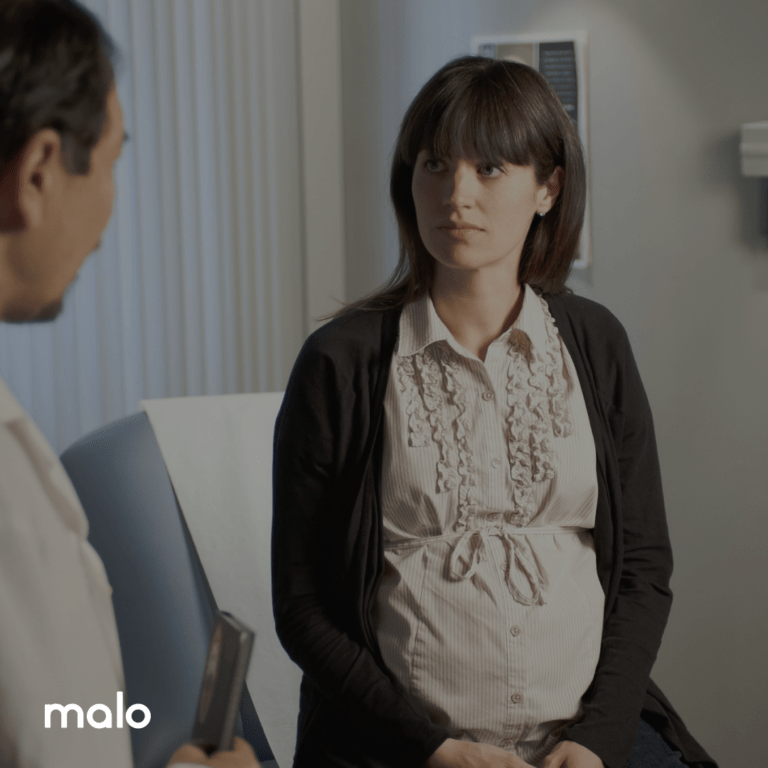Feeling pregnancy aches? You’re not alone in questioning how much discomfort is “normal” while your body shapes itself around your baby’s needs. Parents notice unwelcome surprises: that pull in the lower back, the odd cramp at 3am, aches lingering in places you didn’t know could ache. Concern surfaces: Is this sensation just the price of anticipation, or a warning sign? The body’s rapid adaptations—stretching ligaments, shifting posture, evolving hormones—spark both everyday discomforts and worrisome spikes in pain. Fortunately, piecing together the origins, variety, and safe management of pregnancy aches can make all the difference. You’ll find out why the discomfort arises, gain practical relief strategies, and recognize when it’s time to reach out for help. Let’s break down what your muscles, joints, and nerves are really telling you—and how science-backed routines can transform your daily experience.
What Exactly Are Pregnancy Aches?
Pregnancy aches describe that intricate tapestry of back pain, pelvic heaviness, and those notorious nighttime leg cramps—sensations deeply rooted in the profound shifts your body orchestrates to nurture new life. Imagine your ligaments softening (thanks to mighty relaxin), core muscles quietly straining, and your center of gravity wobbling ever closer to “unfamiliar territory.” Progesterone, another pregnancy hormone, not only soothes uterine muscles—preventing premature contractions—but also leaves digestive muscles sluggish, amplifying abdominal heaviness.
It’s not just about what’s stretching or swelling. Circulation pivots: blood volume soars, your heart beats faster, and mild fluid retention, especially in the ankles, becomes reality. Have you found that a short walk now feels like a trek? Or maybe lying still for “just a minute” morphs into a morning of stiffness? Real signals, not to be brushed aside. Mineral levels, particularly magnesium and calcium, dictate muscle responsiveness—any deficit there and cramps may soon follow.
From Hormones to Habit: Origins and Factors Behind Pregnancy Aches
You might wonder: Why do some aches flare up right after standing all day, while others sneak in during rest? The answer: it’s a symphony of hormonal orchestration and mechanical adaptation. Relaxin slackens ligaments—not only in the pelvis, but everywhere—priming you for birth but exposing joints to overuse injuries and more frequent stretching sensations. Postural changes, triggered by a forward-tilting uterus, mean newly engaged muscle groups must pick up the slack. Add in weight gain, and the musculoskeletal system carries a heavier load, often leading to muscle fatigue in the lumbar spine and hips.
Let’s break it down even further:
- Center of gravity moves forward: new demands on the lower back, hips, knees, and feet.
- Weakening of abdominal support: lower back picks up the extra challenge.
- Circulatory changes and retained fluids: promote swelling, especially in the lower limbs.
- Activity extremes—hours of sitting or bursts of overexertion—invite muscular strain.
- Stress and poor sleep: ramp up aches by raising inflammatory markers and disturbing muscle recovery.
- Deficient minerals (especially electrolytes): heighten susceptibility to cramping.
Attentiveness is the thread. The body warns, but rarely with uniform intensity. Noticing what triggers discomfort—standing for too long, missing meals, pushing past fatigue—can guide preventive action.
Symptom Evolution: When and Where Pregnancy Aches Strike
How Do Pregnancy Aches Feel Over Time?
Symptoms can unfold with nuanced unpredictability. Morning stiffness, that awkwardness getting out of bed. Dull heavy aches in the lower back, thighs, or hips by mid-day. Tightness marching into your shoulders after an evening spent hunched over a screen or book. Some parents feel pain crest after a busy afternoon, while others experience unshakable aches after a night of restless sleep.
Sleep itself becomes a key player: insomnia, frequent waking, or unrefreshing sleep all disrupt muscle recovery and amplify susceptibility to overnight cramps—often in the feet or calves, those notorious “charley horses” that send you hopping around in the dark.
Cautionary Signals: When Are Pregnancy Aches a Warning?
The boundary between routine pregnancy aches and more serious conditions deserves respect. Most discomfort fades with time, movement, or rest. But certain signals demand immediate medical input:
- Persistent, sharp, or one-sided pain that refuses to abate
- Discomfort paired with regular uterine contractions
- Sudden swelling, redness, or warmth in a limb (possible sign of deep vein thrombosis)
- Fever, faintness, neurological symptoms (such as weakness or persistent numbness)
- Vaginal bleeding or persistent abdominal pain
If you encounter these, seeking professional evaluation becomes non-negotiable—these symptoms may indicate preeclampsia or infection, conditions requiring swift intervention.
The Trimesters: How Do Pregnancy Aches Change?
- First trimester: Hormones steal the show. Breasts become tender, uterus cramps slightly, mild headaches make their entrance. Musculoskeletal aches generally remain subdued.
- Second trimester: Mechanical realities set in. Notice round ligament pain (sharp, brief, groin twinges), lower back tightening, swelling, and early round of night cramps. Some experience emerging carpal tunnel syndrome—numbness or tingling in fingers.
- Third trimester: Physical demands peak. Lower back pain intensifies, pelvic discomfort now routine, and swelling grows prominent (especially feet, ankles, and hands). Night-time leg cramps may vie with Braxton-Hicks for unpleasant nighttime interruptions. The ribcage may ache as the uterus presses upwards, and simple fatigue becomes a near-constant companion.
Practical Solutions: Preventing and Softening Pregnancy Aches
Many parents ask: “Can pregnancy aches really be prevented, or are they just inevitable?” The evidence is clear—gentle adaptation can dramatically alleviate frequency and severity.
- Postural awareness: Keep upright alignment, use chairs with lumbar support, and take frequent movement breaks to ease spinal pressure.
- Ergonomic tweaks: Elevate screens to eye level, select supportive footwear, ditch the high heels, and arrange kitchen/work spaces to minimize awkward bending.
- Activity and movement: Integrate gentle exercise—walking, prenatal yoga, swimming, or aquatic fitness. These promote both muscle tone and improved blood circulation.
- Daily stretching: Morning and evening stretches replenish oxygen to hard-working muscles, counteracting cramps.
- Nutritional balance: Foods rich in calcium and magnesium (dairy, leafy greens, nuts) fortify muscles. Hydration is non-negotiable—aim for at least 1.5 liters (50 ounces) daily.
- Frequent shifts in body position: Stand, walk, elevate feet. Consistency reduces swelling and maintains joint flexibility.
- Relaxation and micro-breaks: Midday nap? Deep breathing pause? Small moments diffuse muscular tension, letting your system reset.
Repetition is not a flaw here—what matters is attentive, daily consistency.
Easing What Hurts: Natural and Safe Approaches to Pregnancy Aches
Parents crave relief but worry about safety. Natural relief is both science-backed and widely endorsed unless specified otherwise by your care team.
- Heat or cold therapy: A warm (never hot) compress, a gentle bath, or localized cold pack—each can relax overworked muscles.
- Targeted massage: Seek a qualified prenatal massage therapist or try gentle self-massage on tense areas (shoulders, lower back).
- Movement as medicine: Even brief walks or light stretching between chores promote circulation and flexibility, lessening sore shockwaves.
- Support for sleep: Pillows between knees and under the belly keep your spine in line; side-sleeping relieves pressure on the hips and back.
- Assistive devices: Lumbar cushions and, in select cases, a maternity support belt offer structured relief.
- Hydration: Sufficient water keeps muscles fueled and resilient.
- Balanced meals, especially electrolytes: Preventing deficiency means fewer cramps and better overnight energy recovery.
Analgesics? Acetaminophen is generally recognized as safe (always after consultation), but steer clear of NSAIDs like ibuprofen unless directly prescribed—especially in the third trimester, when fetal blood flow may be impacted.
Building a Supportive Daily Life: Beyond the Aches
Managing pregnancy aches is a collective, not solitary, endeavor. Creating a daily environment supportive of your body’s evolving needs fosters resilience and minimizes discomfort.
- Routines for restful sleep: Optimize bedroom ambiance, wind down with ritual, and allow your body to signal when it needs rest.
- Adapt tasks and pace: Alternate activity with rest, acknowledge when help is needed—there’s strength in acknowledging limits.
- Open conversations with your care provider: Sharing details, even small discomforts, may reveal simple adjustments with big payoff.
- Enlist your support system: Partner, friends, or family—discussions and shared experiences lighten the load.
- Self-care rituals: Mindful breathing, music, light reading—soothing resources nurture both body and emotional well-being.
- Expert guidance: Where discomfort refuses to subside, physiotherapists, midwives, or osteopaths can introduce tailored therapies—never hesitate to request their insights.
Key Takeaways
- Pregnancy aches result from a powerful mix of hormonal changes (especially progesterone and relaxin), rapid weight gain, and key shifts in posture and movement.
- Gentle exercise, ergonomic routines, ample hydration, and mineral-rich nutrition (especially magnesium and calcium) are allied defenders against discomfort.
- Safe, non-medication relief methods—massage, targeted sleep supports, heat therapy—shine as first interventions, while medication should only be considered after professional consultation.
- Stay alert to warning signs: persistent, intense pain; repeated contractions; unexplained fever or swelling; neurological changes; or unusual bleeding.
- You’re not expected to navigate discomfort alone. Health professionals and community resources exist to accompany you at every step, ensuring peace of mind and safety: for tailored support, trusted advice, and free health questionnaires for children, download the Heloa app.
Let attentive, informed self-care turn pregnancy aches into manageable milestones, rather than mountains—and help you approach each day with confidence, courage, and a deeper respect for what your body achieves.
Questions Parents Ask
Can pregnancy aches feel like flu symptoms?
Absolutely, some expectant parents notice that early pregnancy aches can mimic the sensation of a mild flu, with a feeling of overall body soreness or muscle aches. This can be surprising and even a little unsettling, but il importe de savoir que ce type de ressenti, lorsqu’il n’est pas accompagné de fièvre ou d’autres signes d’infection, peut faire partie des adaptations normales liées aux hormones du début de grossesse. Rassurez-vous, ces inconforts sont généralement transitoires et s’atténuent avec le temps. Toutefois, en cas de doute ou si des symptômes inhabituels apparaissent, n’hésitez pas à en parler à un professionnel de santé, qui saura vous rassurer ou vous orienter.
Is it normal to have pregnancy cramps or aches very early on, like just after conception?
Yes, it’s common to feel mild cramping or aches within the first couple of weeks after conception. For certains parents, these sensations ressemblent aux douleurs précédant les menstruations et peuvent durer quelques jours. Ce sont souvent les premiers signes que le corps commence déjà à s’adapter à la grossesse, notamment au niveau utérin. Cette phase de transformation s’accompagne parfois de petits tiraillements ou douleurs sourdes. Tant que ces inconforts restent modérés et ne s’accompagnent pas de saignement ou de douleurs intenses, ils ne doivent pas vous alarmer. Si l’inquiétude persiste, prendre un avis médical peut vous soulager et répondre à vos questions.
Which parts of the body are most commonly affected by pregnancy aches?
During pregnancy, back and leg aches are especially common, largely due to the changements hormonaux et la prise de poids progressive qui accompagne la croissance de bébé. Le dos supporte une plus grande partie du poids du ventre, tandis que les jambes peuvent devenir douloureuses à cause de l’augmentation du volume sanguin et de certains changements de posture. Il est tout à fait normal de ressentir ces douleurs à différents moments, souvent en fin de journée ou après un effort. Pour aider le corps à supporter ces transformations, des pauses régulières et des positionnements adaptés peuvent contribuer à apaiser la sensation d’inconfort au quotidien.

Further reading:









